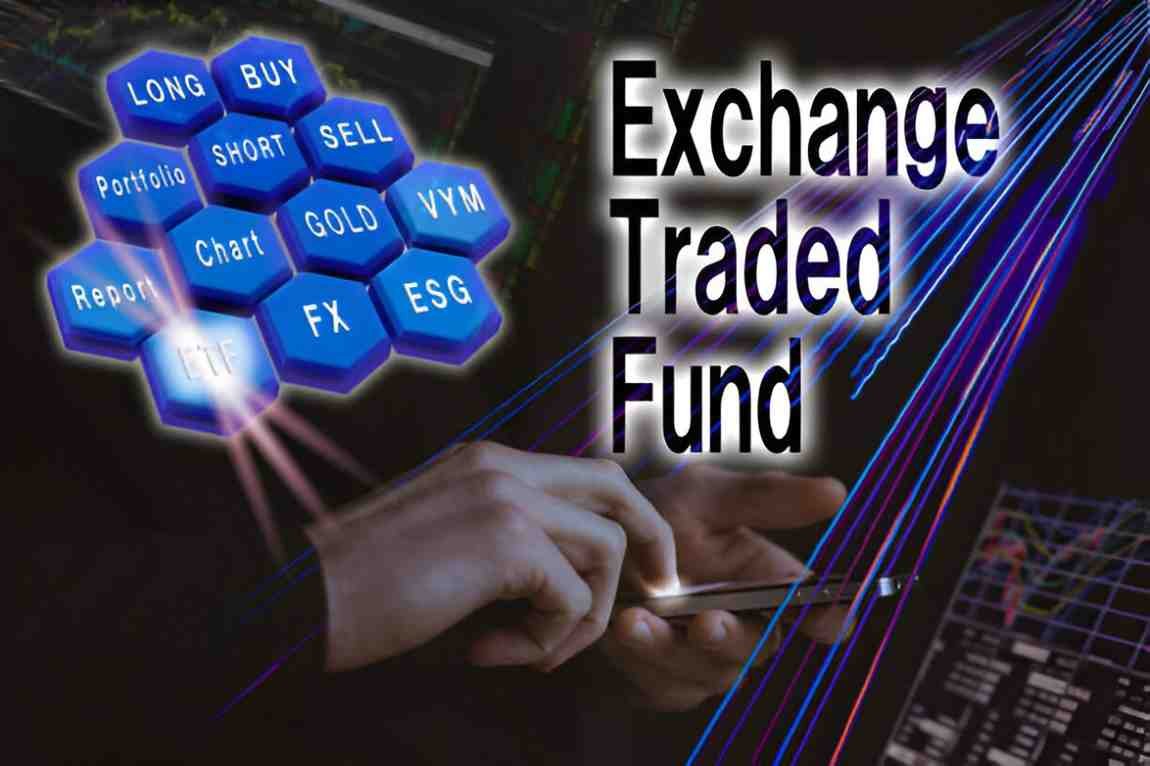Introduction
As an investor, I often explore ways to diversify beyond traditional stocks and bonds. Alternative mutual funds and ETFs (Exchange-Traded Funds) offer unique strategies that aim to reduce risk, enhance returns, or provide uncorrelated performance. In this article, I dissect these investment vehicles, compare their structures, and analyze their role in a modern portfolio.
Table of Contents
What Are Alternative Mutual Funds and ETFs?
Alternative mutual funds and ETFs deviate from conventional long-only equity or fixed-income strategies. They employ tactics like short-selling, leverage, derivatives, or exposure to non-traditional assets such as commodities, real estate, or private credit.
Key Differences Between Alternative Mutual Funds and ETFs
| Feature | Alternative Mutual Funds | Alternative ETFs |
|---|---|---|
| Liquidity | Daily NAV pricing | Intraday trading |
| Fees | Higher expense ratios | Generally lower fees |
| Transparency | Monthly/Quarterly holdings | Daily disclosures |
| Tax Efficiency | Less efficient | More efficient |
| Accessibility | Minimum investments | No minimums (share-based) |
Types of Alternative Strategies
1. Long/Short Equity Funds
These funds bet on rising stocks (long) and declining ones (short). The goal is to neutralize market risk (beta) while capturing alpha.
Example Calculation:
Suppose a fund is 130% long and 70% short:
\text{Net Exposure} = 130\% - 70\% = 60\%
2. Managed Futures (CTA Funds)
Commodity Trading Advisors (CTAs) use futures contracts to exploit trends. They often follow momentum strategies.
3. Market-Neutral Funds
These aim for zero beta:
\beta = 0
Returns depend solely on security selection.
4. Multi-Strategy Funds
They blend various alternative approaches, such as merger arbitrage, distressed debt, and volatility trading.
Performance and Risk Metrics
Sharpe Ratio
Measures risk-adjusted returns:
\text{Sharpe Ratio} = \frac{R_p - R_f}{\sigma_p}
Where:
- R_p = Portfolio return
- R_f = Risk-free rate
- \sigma_p = Portfolio volatility
Sortino Ratio
Focuses on downside risk:
\text{Sortino Ratio} = \frac{R_p - R_f}{\sigma_d}
Where \sigma_d is downside deviation.
Costs and Fee Structures
Alternative funds often charge “2 and 20” (2% management fee + 20% performance fee). ETFs typically have lower fees (0.50%–1.50%).
Example:
A $100,000 investment in a mutual fund with a 2% fee costs $2,000 annually. An ETF charging 0.75% costs $750.
Tax Considerations
ETFs are more tax-efficient due to in-kind redemptions. Mutual funds may distribute capital gains, triggering tax liabilities.
Regulatory Environment
The SEC monitors these funds under the Investment Company Act of 1940. Leveraged ETFs face additional scrutiny due to their compounding risks.
Case Study: Comparing Two Alternative Funds
| Fund | Strategy | 5-Yr CAGR | Expense Ratio | Sharpe Ratio |
|---|---|---|---|---|
| Fund X (Mutual) | Long/Short Equity | 8.2% | 1.8% | 1.1 |
| ETF Y | Managed Futures | 6.5% | 0.9% | 0.9 |
Who Should Invest in Alternatives?
- High-net-worth individuals seeking diversification.
- Institutional investors like pensions and endowments.
- Retail investors with long-term horizons and risk tolerance.
Potential Drawbacks
- Complexity: Strategies like derivatives require expertise.
- Liquidity Risk: Some holdings may be illiquid.
- Higher Fees: Can erode returns over time.
Final Thoughts
Alternative mutual funds and ETFs provide tools to hedge, diversify, and enhance returns. However, they demand due diligence. I recommend assessing fees, strategy clarity, and historical performance before investing.





